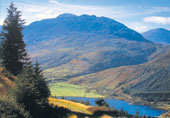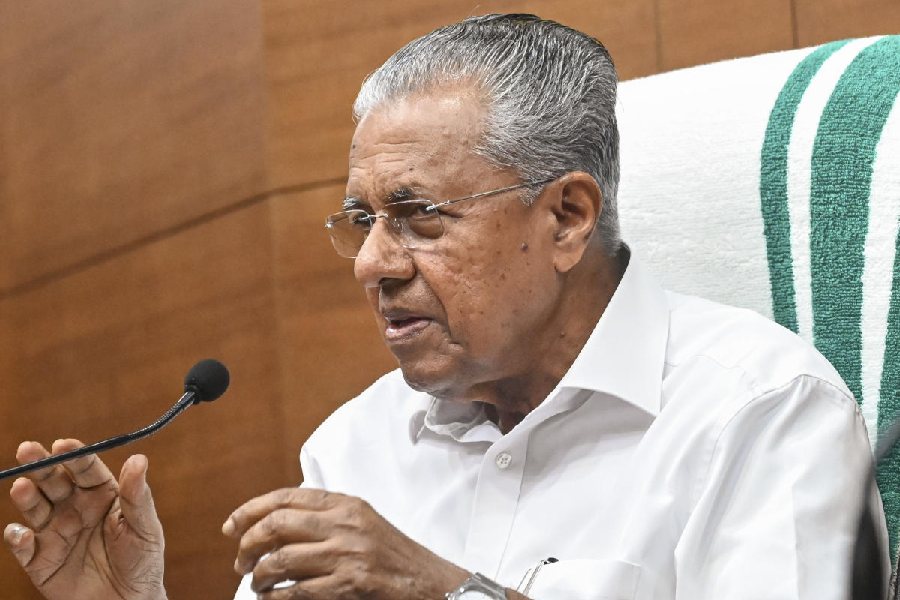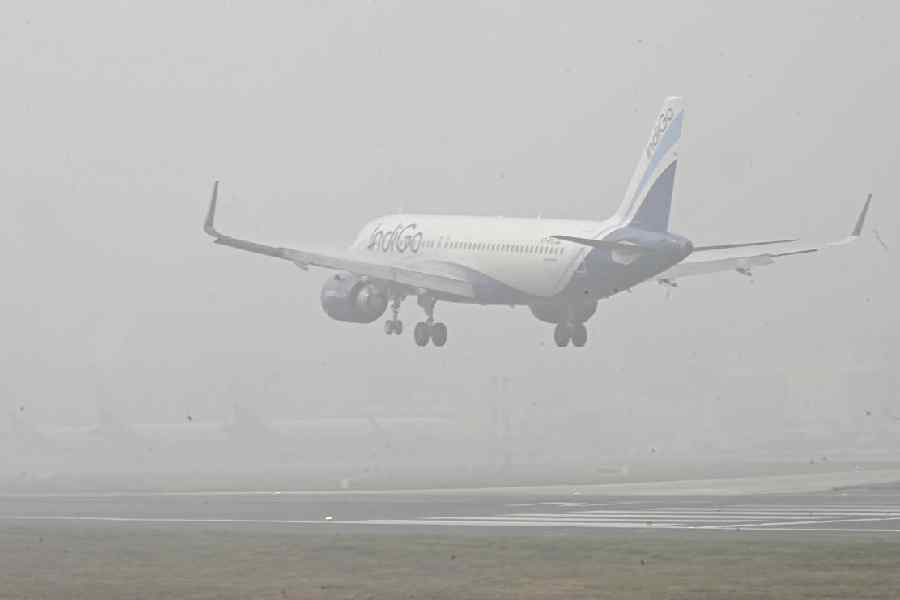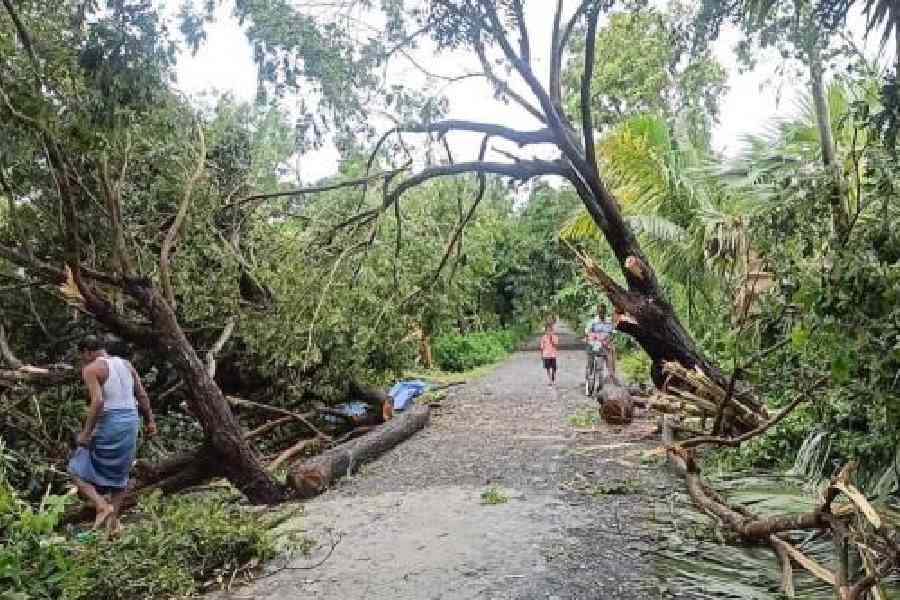 |
 |
 |
| (From top): Loch Lamond; the Stirling cathedral; a view of the outer edges of the Stirling Castle |
From King’s Cross station in London to Stirling is a good five hours’ train ride. And as I finally crossed over from England into undulating Scottish country, I could only think of Mel Gibson in the Oscar-winning movie, Braveheart! After all, Stirling is Braveheart Country.
In fact, my friends had told me that if I looked out of the train window, I’d see the National Wallace Monument way ahead of reaching the station. Housed on a hillock near the university, this commemorative tower stands in silent testimony to Scotland’s first freedom fighter, Sir William Wallace, whose struggle to liberate his land from England’s occupation is the stuff of legends and meat for that wonderful movie. As luck would have it, subsequently, from my bedroom, the first sight I’d glimpse every morning was the Wallace Monument, either wreathed in yards of mist or standing tall against an azure sky.
But there is more to Stirling and the West Highlands than Mel Gibson and the Wallace Monument. For a start, the Stirling Castle, with its many picturesque buildings, still watches over the Old Town, breathing of times gone by and sighing for the past every dusk.
Stirling and Edinburgh are, perhaps, the two most important bastions which are very closely identified with the secular history of Scotland. Both castles were residences of successive Scottish monarchs who progressively rebuilt large sections to the prevailing tastes of their times and used its strategic position to defend their kingdom.
In days gone by, all routes led to Stirling because of its tactical location. The castle controlled the entire Scottish nation and the esteem in which it was held as a royal residence continued to increase through the 15th and 16th centuries.
Further events which earned the castle its place in Scottish folklore took place during the reign of Mary Queen of Scots ? amongst these were her secret coronation within the chapel in 1543, her escape from death by fire in 1561 and the baptism of her son, the future James VI, in 1566. Standing outside the chapel premises is quite an overwhelming experience, even for those with the slightest knowledge of British history. The gardens are excellently maintained and some of the stained-glass cladding the large windows inside still filter in reminiscences of the nation’s blood-stained past.
Nature’s eternal peace now contrasts with striking irony on man’s lust for temporary power and glory. The Battle of Bannockburn in 1314, the last conflict of the Scottish Wars of Independence, was fought within the sight of the castle walls. Scottish children still thrill to the stories of how Robert the Bruce had led his brave soldiers to ultimately defeat the occupying English forces and gain, subsequently, almost three centuries of freedom. The typical Scotsman is fiercely independent and dismisses the English as selfish marauders. He continues to fight his battles not just on golf courses but also politically ? the ultimate dream of every Scot loyalist being the hope for a free country. I, myself, have raised umpteen toasts on some of the best Single Malts available in Stirling in numerous Scottish homes! The Scots, God bless them, take their politics and their whiskey extremely seriously.
The typical Stirling landscape is a wonderful potpourri of contrasts. A certain primeval wilderness blends with leisurely meadows, curtseying to the snow covered ranges in the distance. Away from typical tourist traps, the city is quietly provincial and the outskirts, where the Lowlands dramatically meet with the mountains of the north and west, breathtaking in their blend of colours. Blues predominate ? in the sea or the lochs or the distant hills. Green and white add their shades in spring, lilac and purple in summer.
But my favourites will always remain the tans and russets of autumn when the leaves turn to burnished gold. To enjoy the countryside to the full, you have to, necessarily, be out of doors. For the naturalist, the angler or the golfer, Stirling is a delight. I have been enthralled by the Trossachs hills and the ‘bonnie banks’ of Loch Lomond. And the villages by Falkirk, around Clackmannanshire and around Royal Stirling will remind you of Sir Walter Scott’s poems and novels.
My weekdays would fly past, teaching a bunch of students or working on my manuscript at the university. But my weekends were filled with many adventures. Choosing not to follow the typically trodden path, I often cycled or walked through the heather-clad fields, searching for a typical pub in a small village that never failed to provide me with a hearty steak and a pint of beer. And I must confess, I was rarely disappointed.
The Rob Roy and Trossachs Visitors Centre near Stirling at Callander organises excellent treks that take you through dense woodlands on to the peaks. My interest lay more in Rob Roy MacGregor ? a childhood hero ? who was a real-life Highlander, cattle dealer and outlaw, a larger-than-life folk hero. The Centre provided enough fodder for my imagination and I invariably skipped the treks.
And then, of course, there was the little village of Bridge of Allan where Robert Louis Stevenson’s grandparents lived, and where the little boy ? often sick and ailing ? would arrive for holidays and large doses of TLC. Bridge of Allan also has one of the best second-hand bookshops in Scotland, which often proved to be my nemesis, living as I was on tight budgets. For a king’s ransom I bought an 1898 edition of The Poetical Works of John Keats that had stolen my heart and happily gave up the more swanky cruises on Loch Lomond and on the Clyde estuary.
Stretching out east of Stirling, the steep slopes of the Ochil Hills overlook the Hillfoots towns, strung together by a common heritage in textile weaving and now forming a trail which starts from Woollen Mill Visitor’s Centre in Tillicoultry. On the other side of the River Forth, across the Firth, is the town of Falkirk which has still preserved Callender House from the times of Mary, Queen of Scots. Here, costumed servants bring to life a working kitchen of the 1820s.
Nearby, a past of a different kind is evoked by the Bo’ness and Kinneil Railway, with its recreation of a typical Scottish branch line from the days of the steam engine. To the south of Stirling, the beautiful hills known as Campsie Fells provide a backdrop for many delightful villages and miles and miles of meadows that get smothered with daffodils, as soon as the snow begins to melt in March.
Just half-an-hour away are the bustling cities of Edinburgh and Glasgow, preening in their cosmopolitan attire. But Stirling is my personal Shangri-La, always beckoning like a lodestar with its memories of a royal past, its surrounding villages I consider ‘home’, its small-town pleasures, its wonderful pubs and its eternal, ethereal mountains calling me from across the dark.










